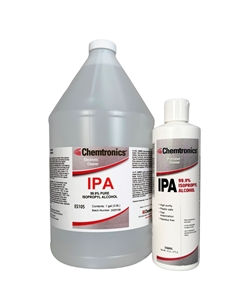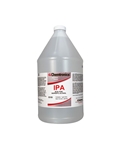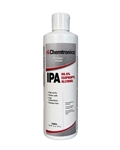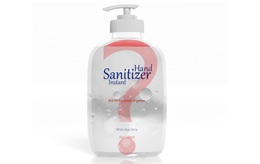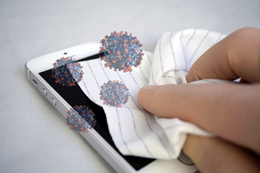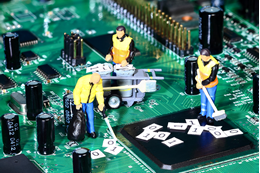IPA - Isopropyl Alcohol
99.9% technical grade isopropyl alcohol
IPA – Isopropyl Alcohol is a highly effective, general use cleaning solvent that is used to clean a variety of substrates and remove a variety of soils. This 99.9% isopropyl alcohol is available in a variety of sizes for all types of use. Technical grade isopropyl alcohol.
Specifications: Meets or exceeds TT-I-735 Rev. A and ASTM D770-05.
Features & Benefits
- Safe on plastics
- Flammable
- Dries fast
- Leaves no residue
- Extends life – reduces head wear and improves performance
- Use with Chamois Tips™ Swabs, and all other Chemtronics® Swabs and Wipes
Applications
- Improves performance while extending the life of the equipment and recorded media
- Easily removes interfering soils from optical heads
- Quickly removes dampening residues from magnetic heads
| TDS | |
| REGS | |
| SDS | |
| Categories |
| NSN | ES105 - 6810-00-286-5435 |
|---|---|
| Shelf Life | 5 yrs. unopened and 2 yrs. opened |

